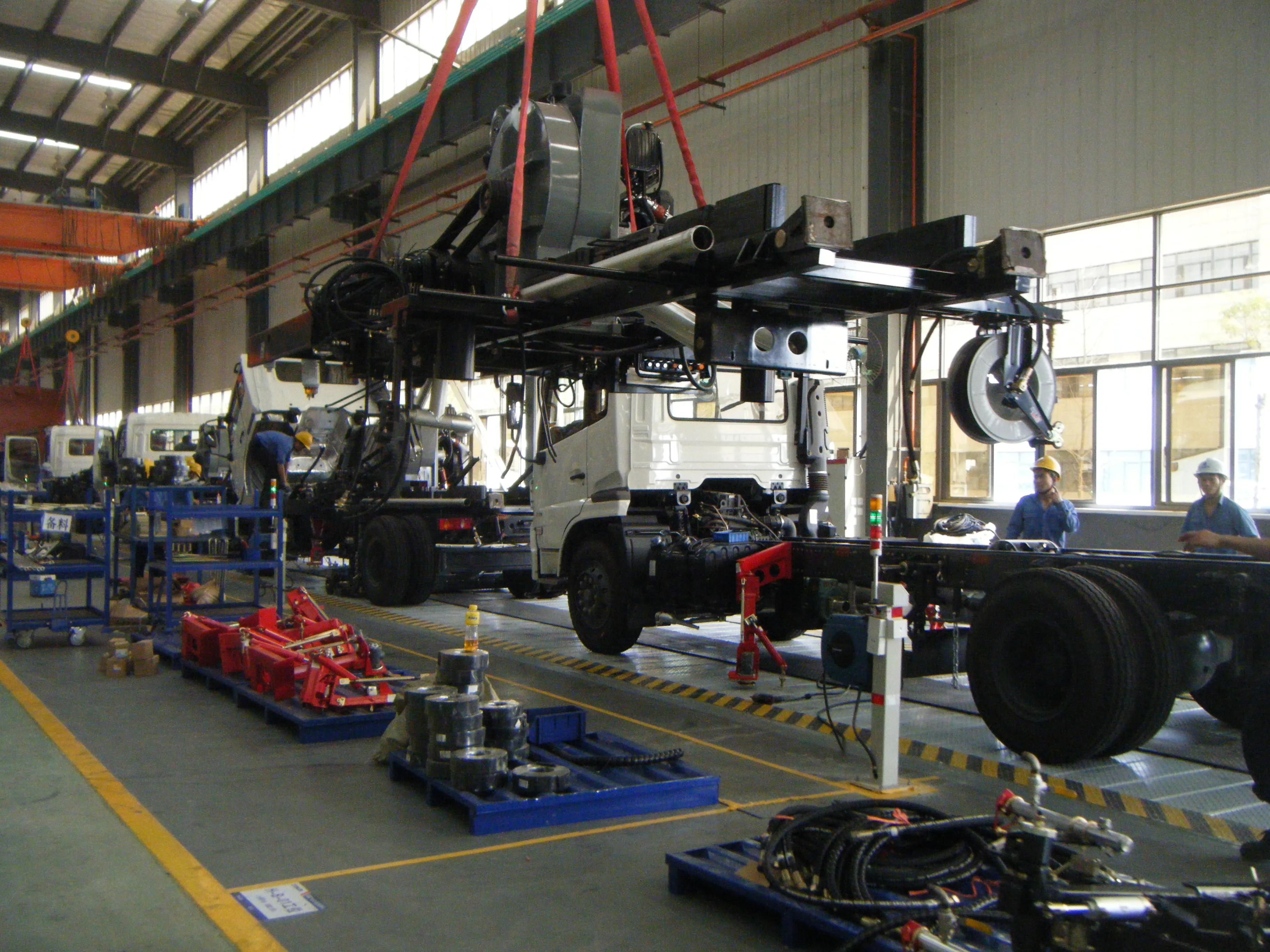Wacker Neuson Group (WN) achieved its higher ever revenue quarter in the first three months of 2012.
The €274million revenue recorded in Q1 2012 was a 29.3% rise on the €211.8million posted over the same period of 2011. “The compact equipment segment and the Americas region were our two strongest growth drivers, reporting revenue gains of 51% and 34% respectively relative to the previous year’s quarter,” said Cem Peksaglam, chief executive of WN. “Our expansion strategies are gaining traction. Despite gene
May 10, 2012
Read time: 2 mins

The €274million revenue recorded in Q1 2012 was a 29.3% rise on the €211.8million posted over the same period of 2011.
“The compact equipment segment and the Americas region were our two strongest growth drivers, reporting revenue gains of 51% and 34% respectively relative to the previous year’s quarter,” said Cem Peksaglam, chief executive of WN. “Our expansion strategies are gaining traction. Despite general economic uncertainty in individual markets, they will continue to secure our success over the coming year.”
WN earnings grew faster than revenue during the first three months of the year. Profit before interest, tax, depreciation and amortisation (EBITDA) rose 49.6% to €38.8million.
To meet rising demand for its products, WN said it had invested in production capacity for compact equipment. The company recently completed the new production facility in Hörsching, near the city of Linz, in Austria. “Construction work lasted just 11 months from the silver-spade ceremony in June 2011. We will be starting production here on May 10, 2012,” said Peksaglam, who added that WN aimed to strengthen its presence in markets with strong growth potential, such as South America, Eastern Europe and Asia.
Meanwhile, fellow German company
The figure was up by more than a quarter compared with the €310million secured in the final three months of 2011, and only slightly below the €409million taken by the Cologne-based engine manufacturer in the first quarter of 2011. There was also year-on-year increase in orders across all application segments except engines for stationary equipment.
Deutz sold 46,461 engines between January 1 and March 31, 2012, which was around 4% fewer than in the corresponding period last year. Despite selling fewer engines, Deutz was able to increase its revenue to €337million in Q1 2012, compared to €336million over the same period of 2011. The reason for the small year-on-year rise has been attributed to the growing proportion of engines that meet the new emissions standards in Europe and North America.








